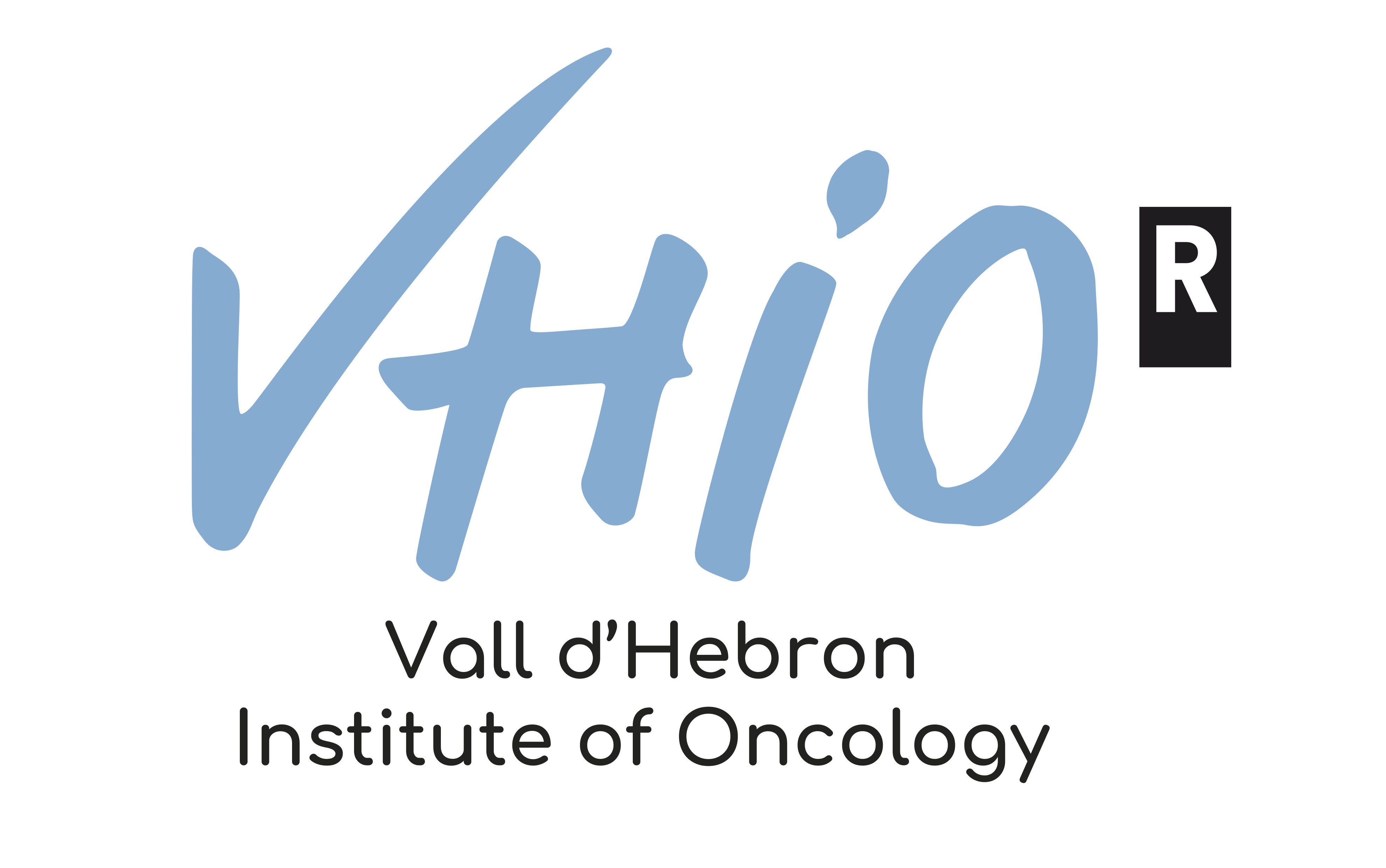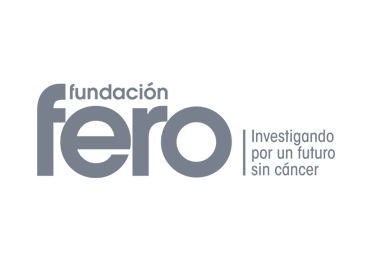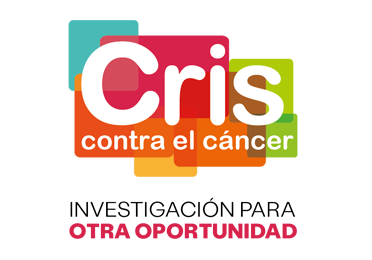VHIO scientists discover a common factor among different tumours in a patient with Li-Fraumeni syndrome further to whole-genome sequencing
This finding is of great scientific value since it identifies a therapeutic target for which an effective treatment is already available. If the discovery is confirmed in other patients’ tumours, a personalised treatment strategy could change the course of the disease.
Barcelona, 07 October 2013. Li-Fraumeni syndrome is a type of hereditary cancer in which theTP53 tumour suppressor gene undergoes germline mutation and is therefore passed from parents to children. Individuals with this syndrome are at high risk of developing multiple tumours at a very young age. Fortunately, in the field of hereditary cancers Li-Fraumeni is extremely rare, but this also means that it has been subject of little study.
For the first time researchers at the Vall d’Hebron Institute of Oncology (VHIO) have described a connection between the multiple tumours of a patient with Li-Fraumeni syndrome having performed whole genome sequencing on the five tumours that the patient developed over a ten-year period. In addition, this finding, recently published in the journal Cancer Discovery, has led to a new therapeutic strategy; another first in this field and the ultimate example of personalised treatment. This is all the more important because the strategy documented in the study at VHIO could be applied to other patients with this syndrome and to other types of hereditary cancers that have few therapeutic options available.
In the words of the first author, Violeta Serra, the study has pioneered the identification of “a common factor in all the tumours that developed in a patient with a devastating hereditary syndrome. This is because the syndrome affects the ‘guardian of the genome’, a fundamental protein in the DNA repair process. We have found recurrent alterations in the different tumours of the same patient.” Joan Seoane, another lead researcher in this study and Director of Translational Research at VHIO, explains that “until now we thought that all tumours developing in a patient with hereditary cancer were different, and therefore treatment would be effective in some but not all the tumours in a single patient. We observed that these tumours – despite using different mechanisms – acquire very similar molecular characteristics (hyperactivation of the HER2 and EGFR pathways), and these pathways can be successfully inhibited with current therapies. Therefore, even with diverse tumours, we have found that they all share the same Achilles’ heel. This is a clear example of evolutionary convergence: dolphins and tuna fish are unrelated at an evolutionary level (one is a mammal and the other is a fish), but they have a very similar fusiform shape that makes it easier for them to adapt to the aquatic environment they share. The same applies here. Tumours, despite originating in different organs, adopt common characteristics to survive,” explains Seoane. “We have drawn on this to design a personalised and effective treatment for all tumours in the same patient, despite their diversity. Furthermore, this discovery is of great scientific value since it brings a new idea to the table. If confirmed in other patients, this approach could change the way we treat this type of disease.”
Joan Seoane: “Only translational research leads to such discovery and allows us to personalise cancer treatment and care”
Translational research addresses the many unresolved questions that arise in the clinical setting and aims to respond to them in the laboratory. The science is then reapplied at ´the bedside´ in the patients affected by the disease. “This exemplifies the true essence of the research we carry out at VHIO,” continues Seoane. “It allows us to find clinically-useful solutions for specific contexts, and, with VHIO located within the privileged environment of the Vall d´Hebron University Hospital whereby our researchers can closely collaborate with Vall d´Hebron physician-scientists, we can do so in record time.” He continues: “This research project was spurred by a real problem in one of the patients who had a clinical syndrome with very special characteristics. We adopted our purely translational and multidisciplinary approach, involving researchers from VHIO´s Preclinical and Translational Research Programmes, our Cancer Genomics Laboratory, as well as many other clinical groups at VHIO-Vall d’Hebron University Hospital, which treat these patients every day such as the Thoracic Tumors Group led by Enriqueta Felip. The Familial Cancer Genetics Counselling team, coordinated by Judith Balmaña, also participated in the study.”
The molecular characterisation of cancer continues to reveal a wealth of information about molecular processes and pathways that can be applied to the understanding of cancer. Such expanding knowledge allows cancer scientists to both develop specific targeted therapies that offer therapeutic diversity at a level that has never been seen before, as well as better assess response to therapy. Tumour diagnosis can therefore be more precise, classifying a tumour by its molecular subtype, but there is also an increasingly diverse arsenal of more effective therapeutic agents. “We have reached a turning point in cancer research. The integration of next-generation technology in molecular characterisation of tumours, including mass sequencing, together with the growing anticancer therapeutic armamentarium, means that we can start to pair up tumour alterations with more specific, tailored treatments,” says José Baselga, now Physician-in-Chief at the Memorial Sloan-Kettering Cancer Center, New York, and co-leader of this study. “Our patient with Li-Fraumeni syndrome is a case in hand. The detailed genome study of her tumours allowed us to pinpoint the best drug for this type of cancer,” he concludes.
Although it is not feasible to characterise the whole genome in all patients – and in a high percentage of cases it is not even necessary to do so – this discovery is crucial in our progress towards the ever-nearing promise of precision cancer medicine. It also serves to shift the focus to hereditary cancer, designing a more successful therapeutic strategy for a disease that previously had very little therapeutic strategies available.
More information on Li-Fraumeni syndrome: a severe form of hereditary cancer
Li-Fraumeni syndrome is a very rare condition in which the patient has a germline mutation in a tumour suppressor gene called TP53, which codes for the P53 protein and is responsible for stopping division in cells with damaged DNA and for triggering DNA repair. For this reason, if the TP53 gene is defective and does not function correctly, the cells cannot repair the continuous errors that occur in their DNA. This causes new mutations and may lead to cell malignancy. “In cancers in general, this ‘guardian of the genome’ is one of the genes that most frequently undergoes mutation. The most extreme case is seen in Li-Fraumeni syndrome because patients actually have a germline mutation in TP53. In short, it is a critical mutation that exists in all body cells, predisposing the gene to secondary mutations from embryonic stages onwards,” clarifies Violeta Serra. Since this mutation is present in all cells it is also passed from parents to children. In other words, it is hereditary. “The ultimate consequence is that in very young patients, benign and malignant tumours recur in different locations, and treatment is extremely challenging,” explains Serra. These patients are in a distressing situation, because they have a very high incidence of cancer.











